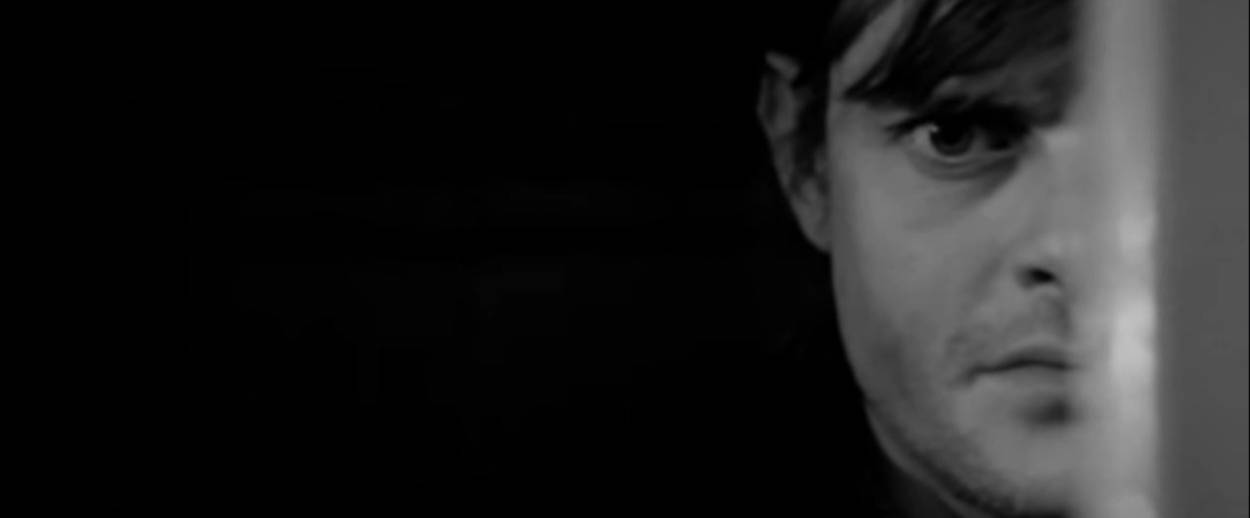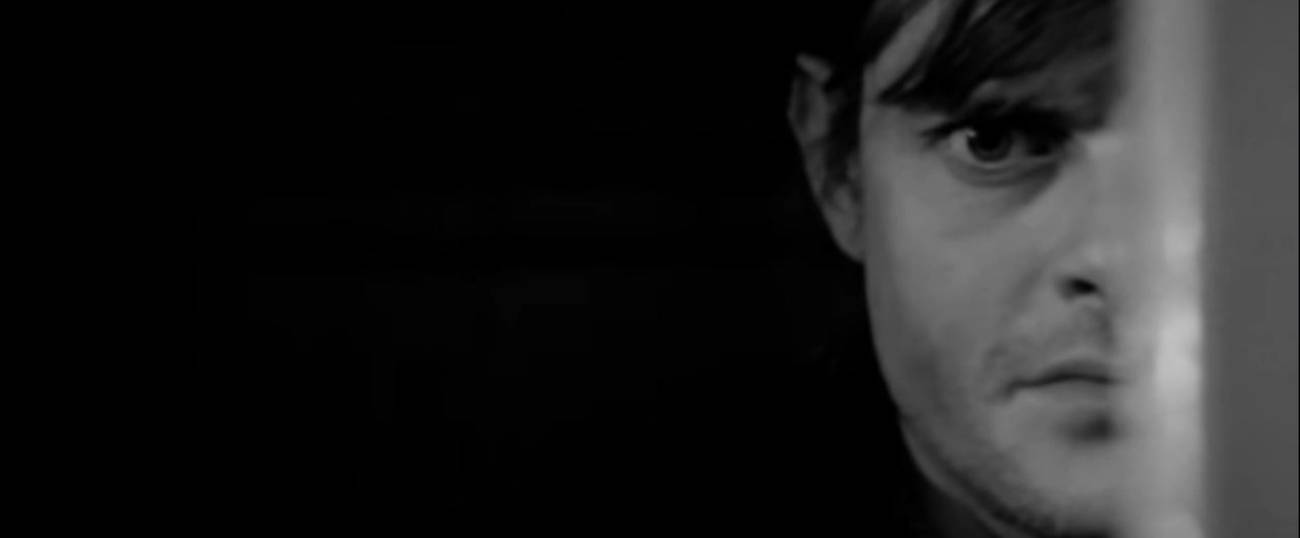The Importance of Béla Tarr’s ‘Werckmeister Harmonies’
Hungarian filmmaker Bela Tarr’s masterpiece holds a meaningful resonance on Yom HaShoah




One of the most affecting evocations of the Holocaust on film is the Hungarian director Bela Tarr’s Werckmeister Harmonies, which came out in 2000. The movie, and the book on which the film is based, Lazlo Krasznahorkai’s The Melancholy of Resistance, isn’t directly about the Holocaust, and has no characters that are particularly coded as Jewish. It is instead a study of mob psychology, and of the moral and intellectual conditions that enable the mob. Appropriately for Yom HaShoah, Werckmeister Harmonies also depicts the moral urgency of witnessing and commemorating atrocity, despite or perhaps because of the impossible burdens that entails.
Werckmeister Harmonies, Tarr’s first film after his groundbreaking 1994 epic Satantango, is about a traveling circus that incites a riot in a Hungarian town. It’s told from the perspective of Janos, the town courier, a relative simpleton who enjoys a certain special access to the private lives and anxieties of his fellow townsfolk. Like Satantango, which takes place on a failing collective farm during the final days of Hungary’s communist regime, Weckmeister Harmonies is about the echoes of totalitarianism—but even more ominous ones, originating in an even darker past.
The movie begins with arrival of the circus troop, a company that displays the taxidermy corpse of a “giant whale” in every town it visits. With the circus come portents of catastrophe: word of the circus leaving chaos behind in the last town it visited, rumors of monsters and destruction, images of the shadow of a slow-moving truck devouring an entire village street. In its middle act, a citizens’ committee forms in response to this atmosphere of impending disorder: the gangs of unruly drifters gathering in the village square, the looming but as yet undefined dangers of The Prince, a charismatic circus performer with the ability to incite crowds to unspecified acts of violence, and someone who only appears in the film as a silhouette. The situation is never really explicated for viewers because its gravity is never fully understood by the characters themselves. There’s an evil in their midst, directly under their noses, but everyone’s distracted by their own lives. Gyorgy, an aging musicologist, is busy recording his obscure theories of ideal harmony even as the disaster accelerates; meanwhile, his estranged wife is busy figuring out how to use the menace to her political advantage. And Janos, who appears in every scene and is simply incapable of wrapping his mind around the dark forces in his midst, loses his sanity as soon as he confronts them.
The film’s most direct reference to the Holocaust appears in the following scene:
With its depiction of a hypnotized mob violently ransacking a hospital, emptying its undefined rage on the most vulnerable possible victims–including a skeletal old man who seems placed to evoke the image of a concentration camp victim—it’s difficult to watch the movie’s violent denouement without the Holocaust coming to mind. It isn’t just that this scene portrays the costs of social and individual complacency, or that the violence springs from a charismatic authority figure, or that the scene captures the intoxication of a once-alienated mob that suddenly finds itself in a position of power and control. Nor is it solely because of the scene’s central European context—the fact of its geographic proximity to the Holocaust, to go along with its potent visual vocabulary. It’s most poignant reflections on atrocity and its meanings actually come after the violence has ended and the camera slowly zooms in on Janos, who has watched the attack unfold. When we first meet Janos, he’s using the town drunks to explain a coming solar eclipse; later in the film, he’s the only one in the village who recognizes the sublime majesty of the circus’s whale. But as the hospital scene concludes, viewers see a man whose curiosity has died with his naiveté, whose world has expanded to include acts he had never considered possible. He’s been transformed in spite of his failure to comprehend—and perhaps as the result of his failure to comprehend.
Importantly, Janos follows his own complacency to its appalling conclusion. He chooses to watch the hospital massacre unfold. And while his insanity isn’t exactly an encouraging template for how societies can remember and commemorate atrocities, there is a certain heroism and power to his refusal to look away.
Previous: Fashion, 80 Years in the Making
Armin Rosen is a staff writer for Tablet Magazine.